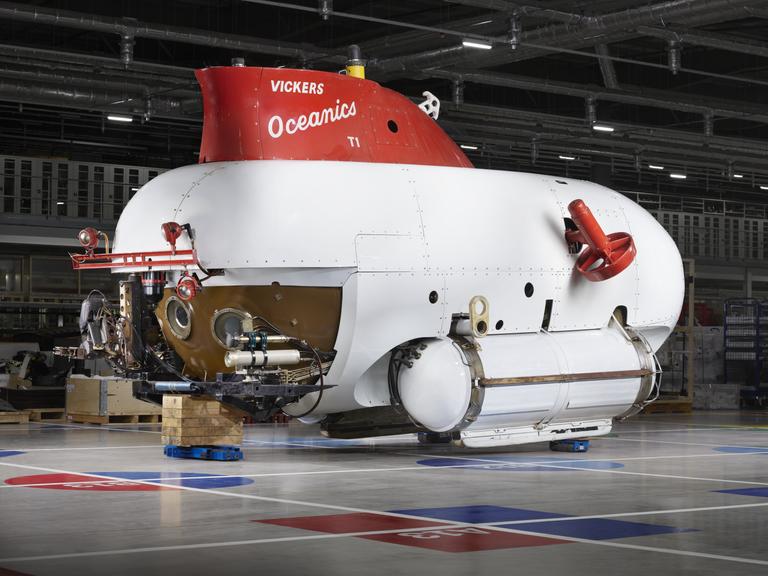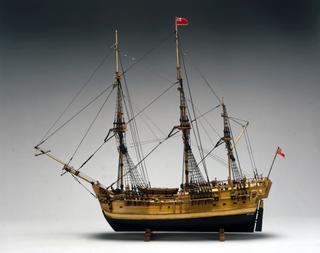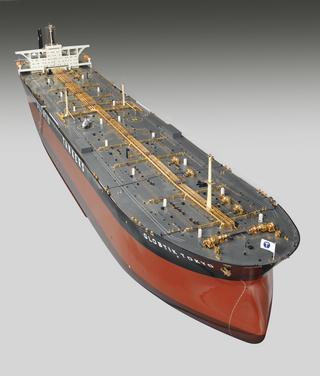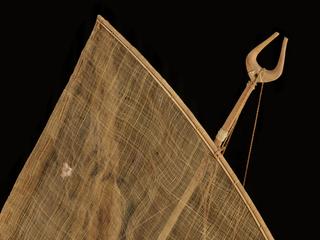
Vickers Tango 1 Submersible
- Made:
- 1975 in United Kingdom

Vickers Tango 1 submersible, c. 1975
Vickers Oceanics, a British company, had the largest fleet of commercial submersibles in the mid-70s, when this Vickers Tango 1 submersible was made.
Demand for commercial submersibles rose during the 60s and 70s as the search for oil and gas under the sea increased, especially in the North Sea and Mediterranean. Down on the seabed, the sub was mostly used for laying deep sea pipe and cables but could also inspect and survey underwater structures.
Submersibles have a huge advantage over human divers. While the vast machinery is necessary for intense underwater work like digging trenches, they can also go a lot deeper and for much longer periods of time. Human divers cannot work deeper than around 300 meters, whereas this Vickers sub can go beyond 900 meters down.
In 1978, Vickers Oceanics Limited ended its offshore business and retired most of its fleet of manned deep-sea submersibles, including the Tango 1 which only had a few years of operation.
Details
- Category:
- Water Transport
- Object Number:
- 1987-119
- Materials:
- metal (unknown), asbestos, glass, rubber (unidentified), enamel and wood (unidentified)
- Measurements:
-
overall: 3600 mm x 3430 mm x 6650 mm,
- type:
- submersibles
- credit:
- B.U.E. Services Ltd.




